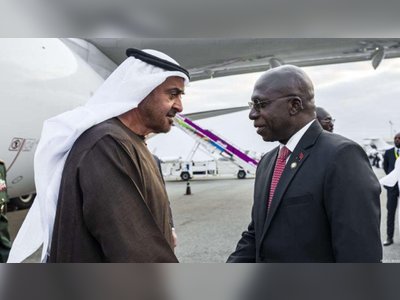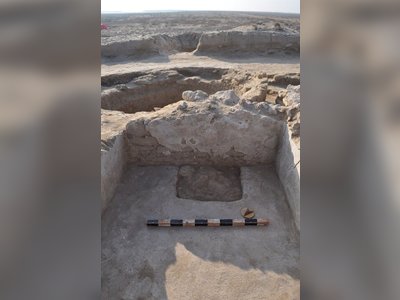
Global Confirmations for Eid Al Fitr 2025 and Moon Sighting Efforts
Countries worldwide announce the start of Eid Al Fitr based on moon sighting or astronomical calculations, leading to different celebration days.
Islamic countries have officially announced the dates for Eid Al Fitr in 2025, with most nations expected to celebrate on March 30, while some will observe it on March 31. The determination of the Eid dates primarily depends on the sighting of the Shawwal crescent moon, marking the end of Ramadan.
In Saudi Arabia, the Supreme Court has called on Muslims to observe the Shawwal crescent on March 29, 2025. The country's moon-sighting committee will meet after Maghrib prayers on that day to affirm whether Eid will commence on March 30 or 31. Similarly, the United Arab Emirates’ (UAE) Fatwa Council has asked Muslims to report any sightings of the crescent moon to nearby courts or committees.
In anticipation of the celebrations, the UAE plans early morning Eid prayers at various mosques and open prayer grounds.
The moon-sighting committee will utilize both human observation and advanced technology, including AI-powered drones and observatories across the UAE, to enhance the accuracy of crescent sightings.
Australia has confirmed that Eid Al Fitr will take place on March 31, based on astronomical data showing that the Shawwal crescent will not be visible before sunset on March 29. The Grand Mufti of Australia, along with the Australian Fatwa Council, has issued greetings to the Muslim community while emphasizing the importance of remembrance for those affected by conflicts, such as the situation in Gaza.
Countries such as Brunei, Malaysia, Indonesia, Bangladesh, India, Pakistan, Iran, Oman, Jordan, Syria, and Iraq have also announced that Eid will fall on March 31, attributing their decisions to the absence of crescent moon sightings.
In contrast, jurisdictions like Saudi Arabia, the UAE, Bahrain, and Kuwait have determined that Eid will start on March 30 due to reported sightings.
To further complicate the moon sightings, on March 29, a partial solar eclipse will occur across parts of the western Arab world, with expectations of up to 94 percent coverage of the sun.
As the moon sighting approaches, various countries are relying on a combination of traditional sightings and scientific measurements to confirm the sightings, highlighting a blend of cultural practices and modern technology in this annual celebration.
In Saudi Arabia, the Supreme Court has called on Muslims to observe the Shawwal crescent on March 29, 2025. The country's moon-sighting committee will meet after Maghrib prayers on that day to affirm whether Eid will commence on March 30 or 31. Similarly, the United Arab Emirates’ (UAE) Fatwa Council has asked Muslims to report any sightings of the crescent moon to nearby courts or committees.
In anticipation of the celebrations, the UAE plans early morning Eid prayers at various mosques and open prayer grounds.
The moon-sighting committee will utilize both human observation and advanced technology, including AI-powered drones and observatories across the UAE, to enhance the accuracy of crescent sightings.
Australia has confirmed that Eid Al Fitr will take place on March 31, based on astronomical data showing that the Shawwal crescent will not be visible before sunset on March 29. The Grand Mufti of Australia, along with the Australian Fatwa Council, has issued greetings to the Muslim community while emphasizing the importance of remembrance for those affected by conflicts, such as the situation in Gaza.
Countries such as Brunei, Malaysia, Indonesia, Bangladesh, India, Pakistan, Iran, Oman, Jordan, Syria, and Iraq have also announced that Eid will fall on March 31, attributing their decisions to the absence of crescent moon sightings.
In contrast, jurisdictions like Saudi Arabia, the UAE, Bahrain, and Kuwait have determined that Eid will start on March 30 due to reported sightings.
To further complicate the moon sightings, on March 29, a partial solar eclipse will occur across parts of the western Arab world, with expectations of up to 94 percent coverage of the sun.
As the moon sighting approaches, various countries are relying on a combination of traditional sightings and scientific measurements to confirm the sightings, highlighting a blend of cultural practices and modern technology in this annual celebration.











